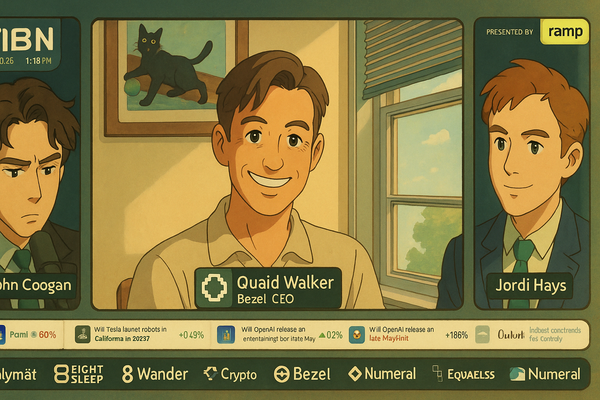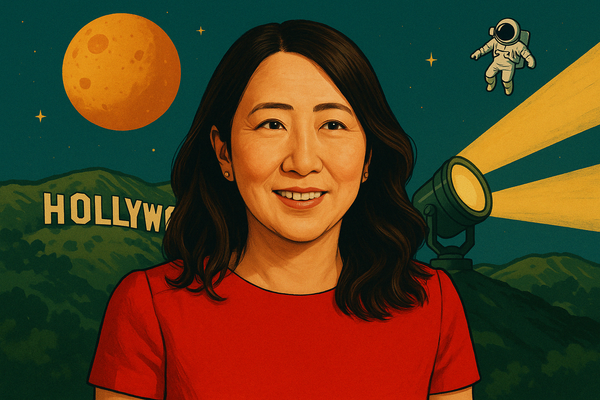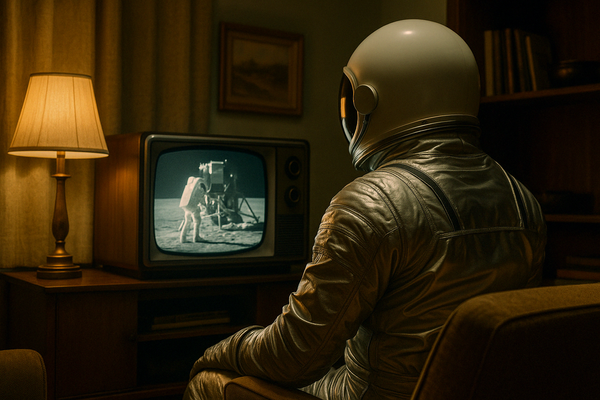After the fire
The media business's painful transition

In the chaos and disorder that engulfed Iraq following the U.S.-led invasion in 2003, then-Defense Secretary Donald Rumsfeld airly said, “Freedom is untidy.” So too is the current transition of the media business, as bad news cascades. In just the past week, the following has happened:
- Sports Illustrated had a near-death encounter with its future up in the air after Arena Group missed a $15 million licensing payment to Authentic Brands Group.
- The Los Angeles Times, owned by billionaire biotech entrepreneur Patrick Soon-Shiong, lost its top three editors, had a staff walkout and braced for deep cuts to stanch losses of up to $40 million last year alone.
- Condé Nast, in the midst of its own layoffs and staff unrest, for all intents and purposes folded Pitchfork into GQ. (A regular ignominy of digital media is that brands aren’t allowed a dignified death, as evidenced by the regular exhuming of Gawker’s corpse.)
- The Baltimore Sun was sold by handy PE villain Alden Capital to Sinclair boss David Smith, igniting fears of editorial independence.
The bad news is unlikely to end anytime soon. While the vibecession appears to be ending, the terrible last couple years in the media business largely hasn’t been driven by cyclical factors. The structural challenges remain – a brutally competitive digital ad market, not enough subscriptions to go around, cost bases out of whack for a post-ZIRP era – and will be joined by increased competition from retail media, decreased ad rates from the phaseout of the third-party cookie, search traffic continuing to whither and likely four or five other once-in-a-generation shifts. You could argue what’s happening now is just the final phase of a decline set in motion with the advent of the commercial internet. Maybe it was just a matter of when, not if.




